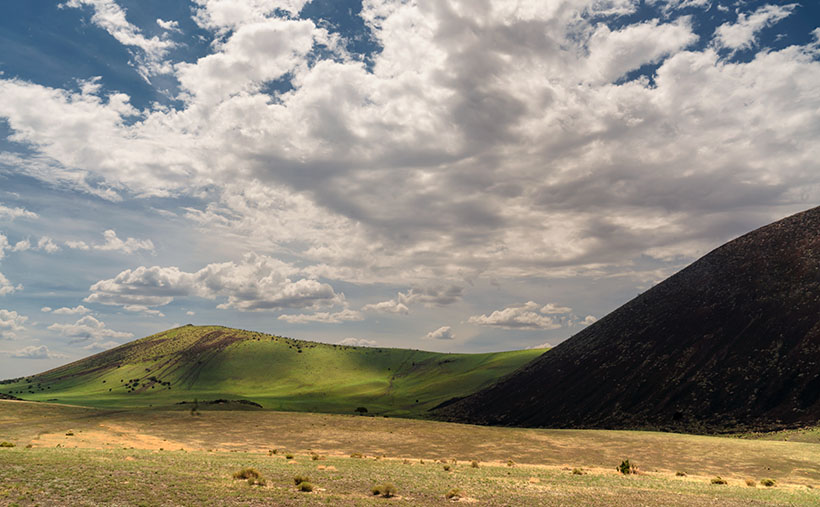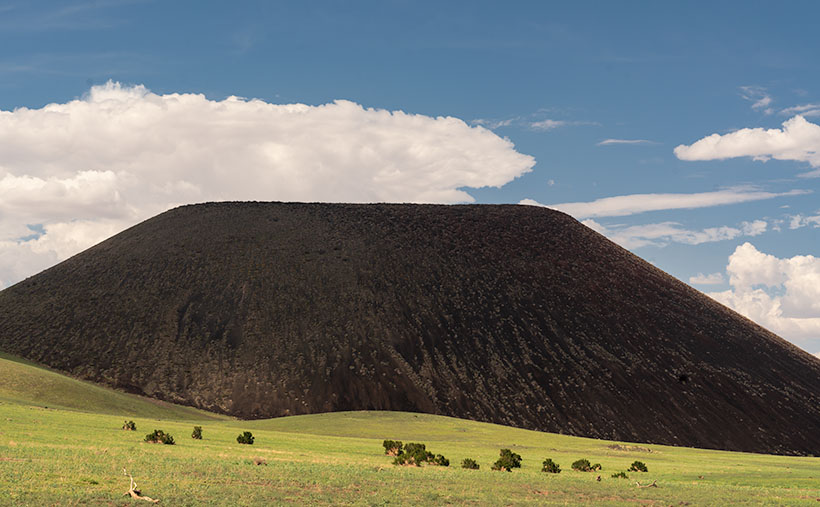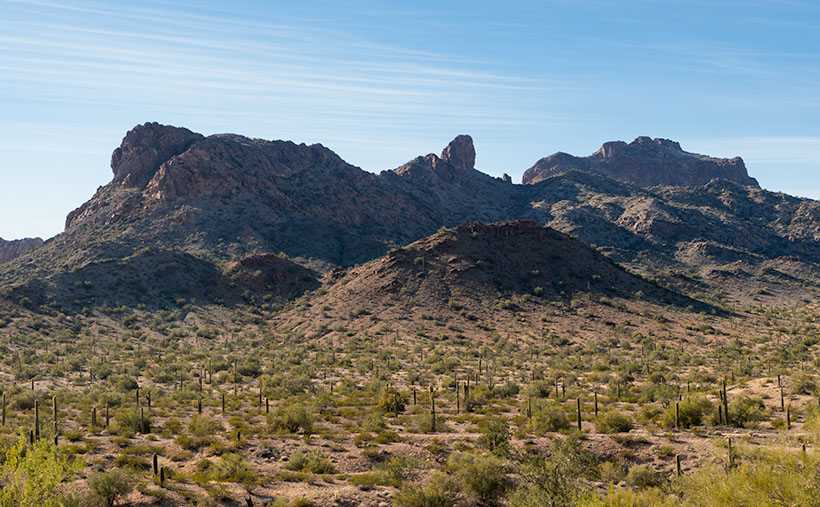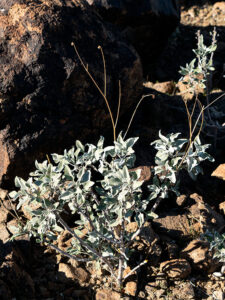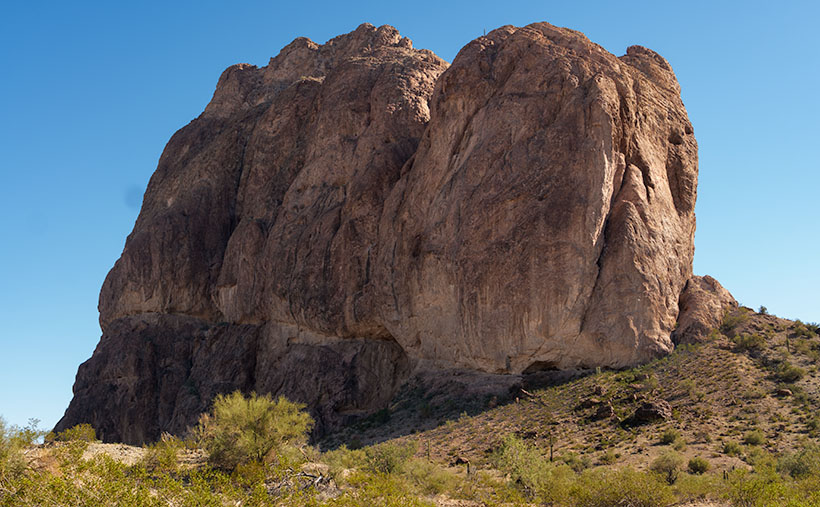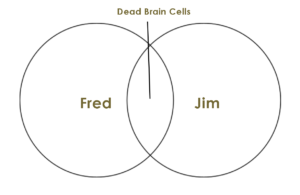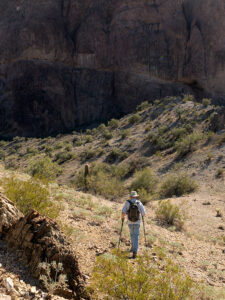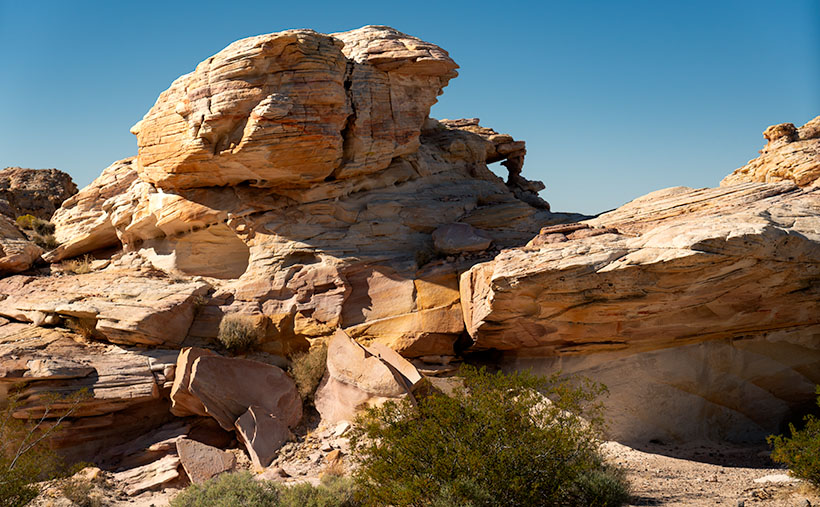
Before we even packed the Turd for our Nevada trip, I studied all of the Whitney Pocket YouTube videos I could find like they were a final exam. Packing the Turd for the trip felt a bit like preparing a stubborn mule for a mountain trek—full of hope but expecting surprises. When the morning of our exciting adventure finally came, I had my checklist ready. After a hardy breakfast at Peggy Sue’s Diner, we topped off the gas tank and checked the tires. Part of these exercises was taking precautions and waiting for the visitor’s center to open so that we could buy maps and get free first-hand advice.
The people who answered our questions and the Friends of Gold Butte group volunteers were constructive. With a lack of park rangers, they’ve stepped in to fill that role. After reassurance that my SUV would be capable of the drive, the guide offered one last bit of advice. “Be sure to tell someone where you’re going and when you expect to be back. No cell phone coverage exists, and you could be alone out there.” Anne and I glanced at each other, wondering who we could call—we were alone in Mesquite and didn’t know anyone in town. We decided to call her sister—Jane— in North Carolina and panic her, “If you don’t hear from us by 6:00 pm, call the police.”
After the long drive on the awful road I complained about last week, we made it to the end of the pavement—Whitney Pocket. When I first got out of the truck, I felt disappointed. With our backs to Virgin Peak, we scanned the southern horizon, which went on forever in the clear, dry Mohave Desert air. Except for a few lumps of sandstone close by, there was just a sea of yucca and creosote running endlessly downhill to a thin line of blue, which we identified as Lake Mead. Where were all the majestic sandstone formations in the videos I watched?
We were here, and I would make the best of it. Our map showed a petroglyph site three miles down a side road that we passed, so I drove a quarter mile back and started down what I jokingly call a road. The road was passable, but only if I kept the speed under ten mph. The Turd’s front sub-chassis sounded like it was about to fall off as we dodged the football-sized pavement rocks. In comparison, the entrance road was a freshly paved Interstate.
As promised, there was a parking area with a kiosk and pictures at the three-mile mark. Go to the right and see the Falling Man petroglyph, but there would be a large panel of petroglyphs if I went in the other direction. The guide told us that the Falling Man was a longer hike and tricky to find, so I set off toward the easy shot while Anne and her Kindel kept each other company.
After a half hour of scouring the rocks for rock art, I realized I had missed the trail, was lost, and needed to find my way back to the truck. The trail had been pronounced, so I don’t know how I messed up. I started the hike back using my old tried and true method: ” This looks familiar.” I noticed the rock colors and layers as I searched for the trail. They’re more subtle and muted than you find in Bryce or Zion—almost a pastel quality. Then, I crossed over the surface stone patch and found my trail. I stopped, looked around, and discovered that the trail zigged right while I went left. Ah, the old let’s lose the geezer on the hardscrabble trick.
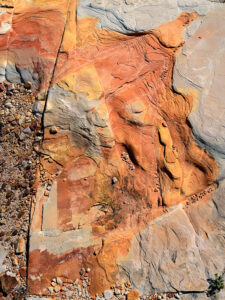
Now that I was un-lost, I started taking pictures of the stones and capturing the muted colors washed out with the early afternoon sun. My trip back to Anne and the truck was more deliberate as I spent more time shooting and exploring along the way. As we drove away on the rock road, I turned to Anne and said, “I don’t think we should risk running the Turd down these roads until we get new shoes for him.” Anne’s ‘Oh, thank God’ was laced with so much relief that I suspected she might start a Thanksgiving parade there.
While the grand formations played hide and seek with our expectations, the true majesty of Whitney Pocket revealed itself in a serendipitous encounter. This week’s photo—Sculpted by Time—captures a lone formation made from the same limestone that capped Virgin Peak (last week’s shot), one that almost seemed to beckon for attention amidst the vast desert. Its white, streaked face looks unremarkable at first, but if you look closely at the lower-right corner of the image, you’ll see a joint (not that kind, you stoners). This is where a layer of the Navajo Sandstone is popping its head from the ground. These are the same petrified dunes seen in Zion National Park, and we showed you in Utah’s Snow Canyon State Park last year. This shot was a dance of light and texture, a moment where time stood still, and the story of the earth was told in a single frame of layered rock.
Here is evidence of rising ancient seas and covering the dunes up. Over eons, the skeletons of shellfish collected on the seabed and covered the dunes with a layer of their own. I think that’s cool, not to mention that I like the natural window in the upper center, too.
Next week, we’ll return to Whitney Pocket, but our focus will shift to the ‘Dance of Light and Shadow’ this time. We’ll explore how the changing sunlight angles transform the sandstone from mere rocks into a canvas of nature’s art. Expect tales of how the sun brings out different personalities in the stones. If you’d like to examine the rock layering closer, you can stop by my Web Page < Jim’s Page> or my post on Fine Art America <FAA Link>.
Till then, keep your spirits high and your humor dry.
jw

